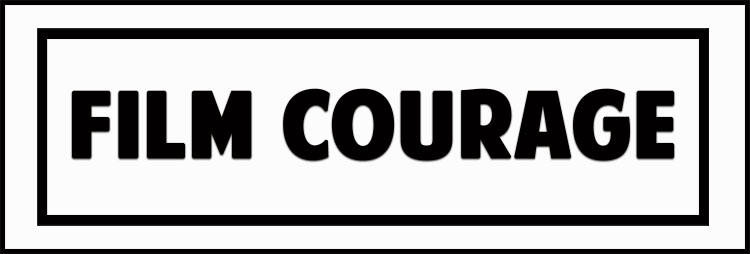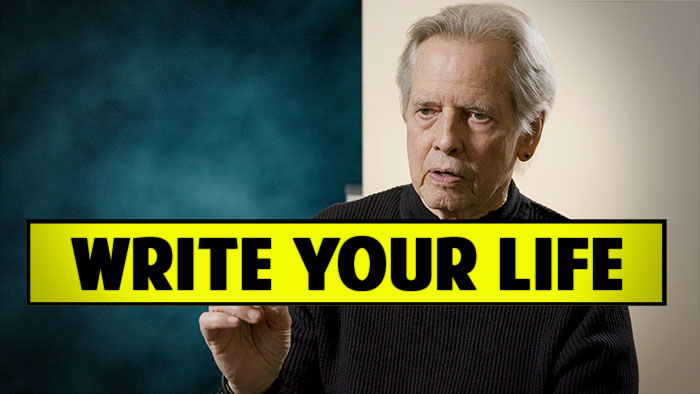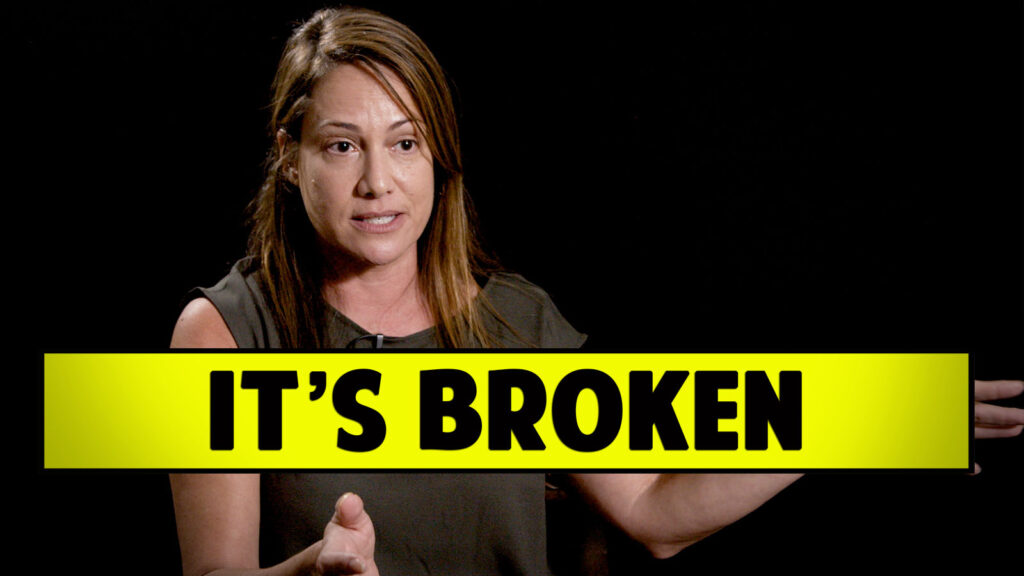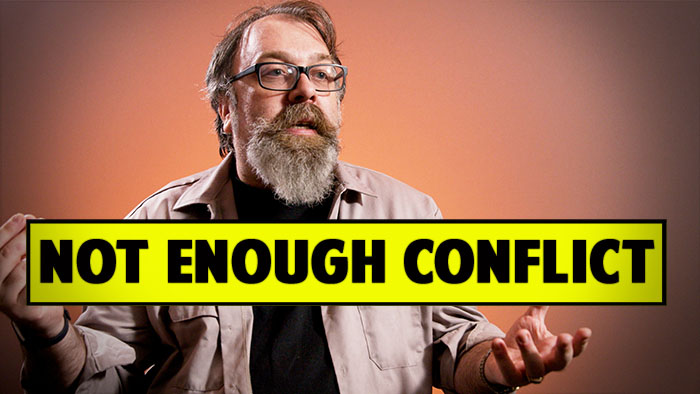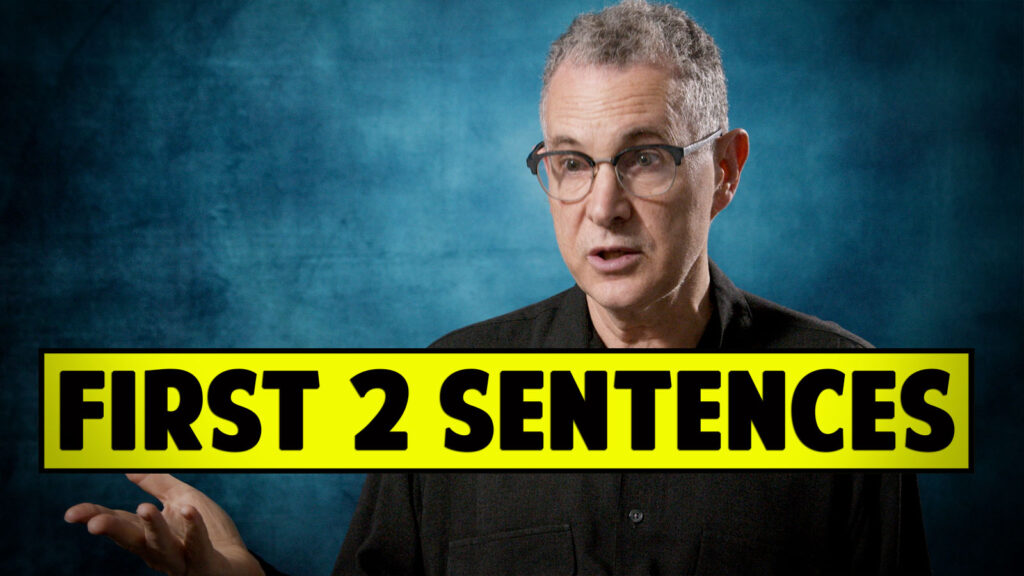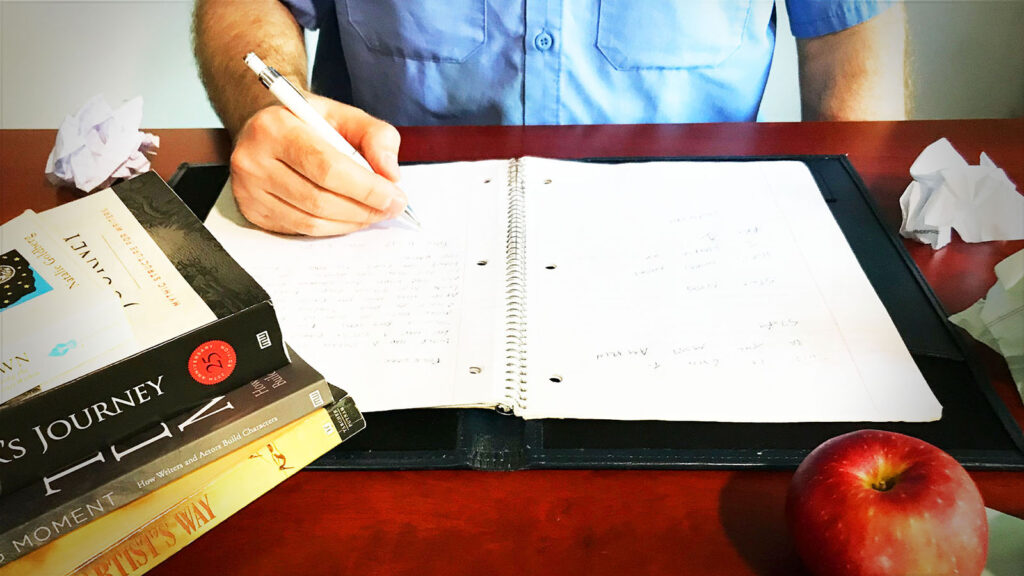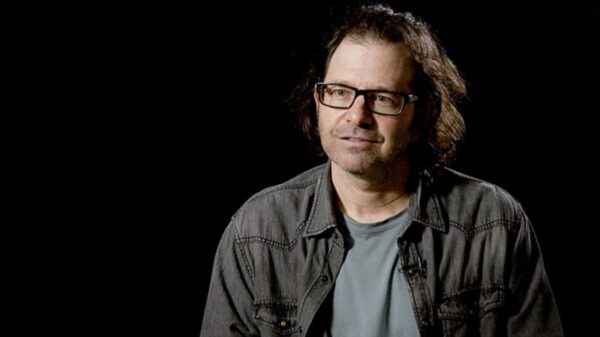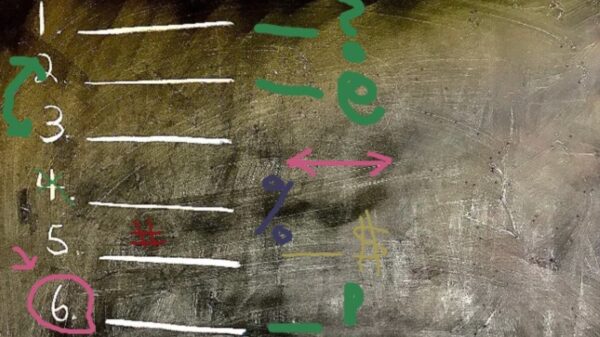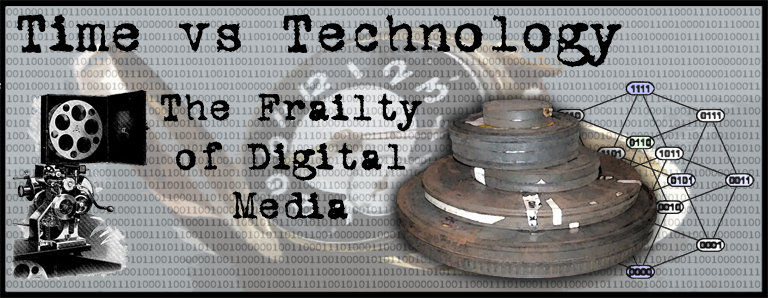
With Eastman Kodak filing for bankruptcy, the writing seems to be on the wall for the future of “film” as the primary medium in an increasingly digital world. But before we get too excited about a digital future, there are some valuable lessons to be learned from the last one hundred plus years of film history.
The recent pronouncement from the Science and Technology Council of the Academy of Motion Picture Arts & Sciences about the limited lifespan of digital media may have come as a surprise to some filmmakers, but this has been pretty common knowledge to people in the music industry where digital has already taken a solid foothold.
Long term storage of digital media is a complex problem that has not yet been resolved. At its core: “bit preservation” and the ability to monitor for “bit loss”. Currently, the most reliable digital archiving relies on a complex system of multiple back-ups on multiple systems which need to be repeated regularly to prevent bit loss and to keep adjusting for new digital storage media and formats.
In the short term the digital revolution has been so focused on workflow, it has overlooked this serious issue. Without significant attention, cost and effort, the current crop of digital filmmaker’s projects will not survive the duration of their own copyrights! (In fact bit deterioration can compromise digital data in less than two years.) But this wouldn’t be the first time that the film industry has had to face this kind of a realization.

That term derived from the silver nitrate stock used on all films until 1950. This highly flammable and unstable medium is extremely sensitive to environmental conditions and rendered eighty to ninety percent of all silent films to ash and dust. Fifty percent of all films shot before 1950 have already disappeared. The acetate stock used after 1950, while more stable, still deteriorates and is subject to irreversible color fading (“Vinegar Syndrome”). The tapes that were used for broadcast television were often recorded over and suffered wear over time. As a result many old movies and television shows have been lost forever.

Currently, films are being archived on polyester film stock and put in cold storage (which is supposed to last for hundreds of years) and on digital formats, which brings us back to the problem at hand: the preservation of digital media. The National Digital Information Infrastructure and Preservation Program along with other partners and cooperatives are endeavoring to find solutions for more efficient and enduring archival methods.
Whatever the larger implications or developing technologies that continue to emerge, filmmakers will need to take precautions that their own digital works are safely and accurately copied and stored. The road from dailies to distributed film can be long and hard. It is important for filmmakers to do their best to back up and preserve their hard work so that it can make that journey and remain a part of the culture and cinema for as long as possible.
Even the Great Pyramids have begun to lose fragments of thier history, ravaged by looters, weather and time. We must remember that it took an enormous ammount of effort to design and construct structures like the pyramids that could endure for centuries. It is even said that grain stored inside them remained well preserved for thousands of years. In a sense the ancient Egyptians were doing the same thing we are doing as filmmakers: attemping to take aspects of our lives and preserve them for as long as possible. It is likely to take a lot more effort and development to achieve better digital archival solutions for the future. Perhaps one day, we will be storing the records of our lives, art and music in great data pyramids ourselves.

In its own way, this dilemma is a humbling reminder of our mortality and the ephemeral nature of all things. Despite the rapid growth of our technology, like the lost civilizations whose stone remnants only reveal broken fragments of their history, the celluloid and digital documentation of our current world can just as easily turn to dust and disappearing digits.

https://www.metaarchive.org/GDDP
https://www.digitalpreservation.gov/
T.Reed – Composer @TAOXproductions
https://www/taoxproductions.com
https://filmcourage.com/blog/5
https://nightmaresoundlab.blogspot.com



